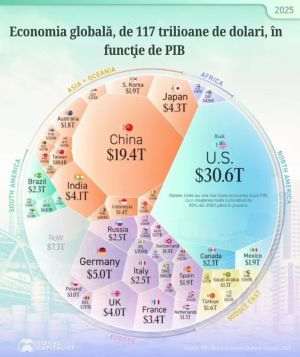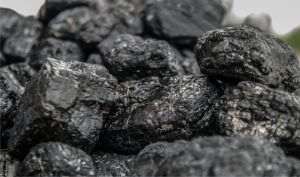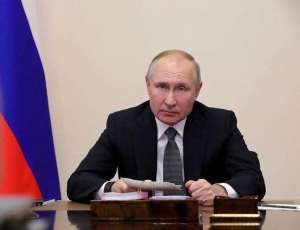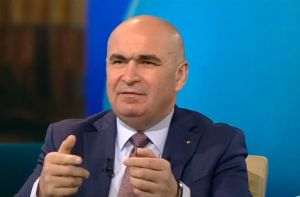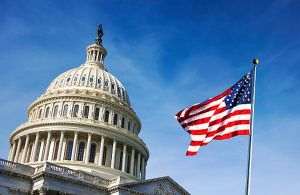• Drugs see the steepest price increase
The depreciation of the leu in the beginning of the year had a bigger impact on February"s inflation than analysts anticipated, as it reached 6.98%, up 0.88% MOM.
The drop in consumption did not affect inflation, as the depreciation of the leu compensated for this drop, Melania Hăncilă, chief-economist of Volksbank said.
"I expect inflation will return to a deflationary trend as soon as next month, and by the end of the year I expect it will hover around 5%", she said.
Volksbank"s economist based this prognosis on the fact that the steep drop in demand and the stabilization of the exchange rate had a larger impact on price levels. She explained: "So far retailers have preferred compensating the drop in demand by raising prices. As to the exchange rate, I"m expecting a recovery, which is noticeable already, even though the interbank interest rate has seen a slight drop lately. The signing of an foreign loan agreement should give our currency stability. Even though signing a loan agreement with the IMF didn"t help stabilize Hungary"s exchange rate, that doesn"t mean there"s a pattern and that the same thing will happen to us.".
Lucian Anghel, head-economist of the Romanian Commercial Bank, expects a drop in inflation by the end of the year, to approximately 5%. According to Mr. Anghel, February"s high inflation rate is was caused by the increase in services and non-food goods, not by the increase in food prices.
Ionuţ Dumitru, chief-economist of Raiffeisen Bank, said: "Romania"s inflation is still a real danger. We will continue to see inflationist pressure, during the first part of the year, while in the second half, the drop in demand will help ease that pressure". He also explained that the stability of the exchange rate is vital and said he feels that talk of a collapse of the leu is irresponsible. "If the negative sentiment continues and the population does not trust the leu, then it will surely depreciate. It is essential that the depreciation does not continue", the economist added.
The annual inflation rate grew to 6.89%, up from 6.71% for the month of January, following the price hike for non-food items (up 1.31%) and the significant increase of services costs (up 1.03%), according to data from the National Statistics Institute (INS). Food item prices grew 0.32%, according to the INS.
The largest price increases in February were logged for drugs (6.47%), medical supplies (6.15%), potatoes (4.31%), fuel (3.29%), books, newspapers, magazines (2.52%) and thermal energy (2.31%).
Prices for meat and meat products saw an average increase of 0.63%, bread price increased 0.05%, sugar - 2.50%, and cow milk price went up 1.72% compared to January. Cigarette prices went up 0.64%.
Rent went up 1.35% on average, whereas prices for water, sewage and garbage disposal services, went up 1.88% in February compared to the previous month. Prices for public transportation increased 1.69% in February, air transportation prices went up 1.53%, and telephony services fares went up 1.51% compared to January.
According to data from the INS, in the case of certain food items, February brought with it a drop in prices for oil (-4.06%), eggs (-3.71%) and fruit (-0.13%). Shoe prices also saw a slight decrease in February, (-0,01%) on average.
The Central Bank estimates that the inflation rate will be 4.5% at the end of the year, with the inflation target being 3.5% for this year, with a 1% allowed deviation.


